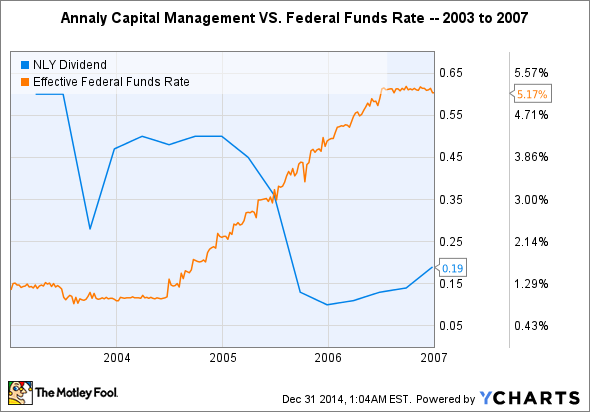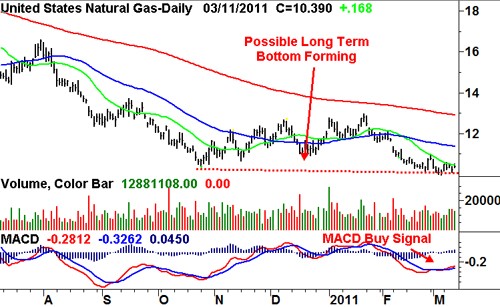5 Funds to Buy for Rising Interest Rates
Post on: 4 Июнь, 2015 No Comment

Written by Michael Fabian, July 12th, 2013
Looking at the state of the fixed-income markets lately, it is apparent many participants have gone from blindly trusting that the Federal Reserve will hold interest rates low, to second-guessing just how hawkish the Fed could get before year’s end.
Although the transparency of the Fed’s intentions has been unprecedented, that hasn’t exactly been a good thing for bond investors. As a stronger-than-expected labor market continues to gain momentum, institutions and individuals have been spooked out of their fixed-income positions over fears that the taper timetable could imminently be moved forward.
So, if you depend on a reliable income stream from your portfolio, how should you navigate the remainder of 2013? In my opinion, now is the time to follow all investments very closely, and not simply buy-and-hold your way through what could be a very serious storm in both the equity and fixed-income markets.
On a percentage basis since the most recent low, the rise in interest rates has been awe-inspiring. Although we could very well be nearing a point of stabilization in the very near-term, I think it’s prudent to put forth solid investment options that could serve as a life raft in the event we are just in the eye of the hurricane.
A few funds that I find appealing if we continue to see volatility in interest rates include:
Rydex Inverse Government Long Bond Strategy
One of the purest forms of protecting your portfolio from the ravages of interest-rate risk is to add a fund that shorts Treasury bonds.
My favorite fund in this arena is the Rydex Inverse Government Long Bond Strategy (RYJUX). This mutual fund seeks to provide investment returns that inversely correlate, before fees and expenses, to the daily price movement of the current Long Treasury Bond.
Put simply, when long-term treasury bonds fall by 1%, this fund will rise by 1%.
One of the benefits of owning RYJUX is that it allows you to profit from rising rates without having to use excessive leverage or shorting strategies. You can use this type of fund to hedge your existing long bond positions, but I would only recommend doing so as a short-term trading opportunity. Whenever you are shorting the market, you want to be sure you don’t get caught on the wrong side of a swift reversal.
PIMCO Low Duration Fund/DoubleLine Low Duration Bond Fund
Conservative investors not looking to hedge existing positions, but simply lower their risk and exposure to interest rates, should consider a low-duration bond fund.
Although not completely immune to forces at work in the fixed income markets, low-duration bond funds simply offer lower risk in exchange for lower reward. The yield and volatility of these vehicles are roughly half their intermediate duration brethren. This option could present an excellent safe harbor for retirees or minimum-volatility seekers that aren’t concerned with a few months of reduced coupon payments.
Two funds that I favor in this space are the DoubleLine Low Duration Bond Fund (DBLSX), and the PIMCO Low Duration Fund (PTLDX). Both options present competitive fees, excellent diversification and great track records. The current SEC yield of each fund is 1.69% and 0.69%, respectively.
An excellent strategic approach to making use of low-duration funds is simply holding them while you wait for rates to ultimately rise to levels that present lower prices and higher yields. Then elongate duration through an intermediate- or long-term bond fund. This strategy could work great if timed precisely, thereby increasing your yield once interest-rate volatility subsides.

Osterweis Strategic Income Fund
Managed by the boutique investment management firm Osterweis Capital Management, the the Osterweis Strategic Income Fund’s (OSTIX) strategy seeks to provide capital preservation in concert with long-term total return.
The fund typically invests in short-duration high-yield bonds, as well as convertible bonds, to achieve its objectives. However, the strategy carries the flexibility to allocate anywhere in the fixed-income universe. This type of flexibility presents a great value proposition since it isn’t forced to hold longer-duration Treasury and agency MBS holdings that make up the Barclays aggregate bond index.
It is a “risk-aware” strategy, meaning it will adapt to changes in interest rates, or move to cash in an attempt to shield its investors from an unfavorable investment outcome. This is precisely what OSTIX has done for investors in the month following the recent Fed-induced volatility.
Fidelity Floating Rate High Income
One of the easiest ways to shelter your income portfolio from rising interest rates is to shorten the duration of your holdings.
Floating rate notes make an excellent alternative to traditional fixed income because they contain an adjustable coupon feature that resets every 90 days according to an interest rate index such as Libor. This makes them less susceptible to interest-rate volatility.
However, the key trade-off with senior loans is that you are swapping interest-rate risk for credit risk, as most loans are rated below investment grade.
My favorite floating-rate note mutual fund is the Fidelity Floating Rate High Income (FFRHX) which has a current 30-day SEC yield of 2.83% and is actively managed to capitalize on opportunities in this market. The fund has an expense ratio of 0.71% and currently holds more than $6.8 billion in assets. FFRHX has diversified its holdings across many different sectors, and consistently holds higher-quality notes than many more aggressive strategies.














